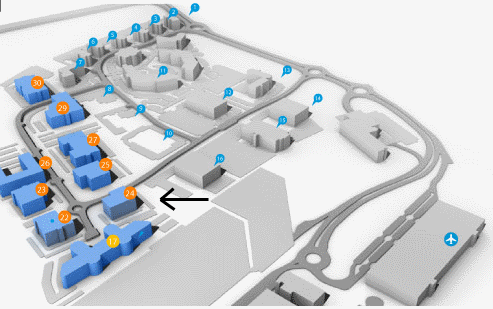Current Size: 100%
18.3 Risk factors
- Home /
- Publications /
- Cancer atlases /
- 18.3 Risk factors
NCR books
- Cancer Atlas
- Acknowledgements
- Foreword
- Summary
- 1. Introduction
- 2. Methods
- 3. Non-melanoma skin cancer
- 4. Breast cancer
- 5. Colorectal cancer
- 6. Lung cancer
- 7. Prostate cancer
- 8. Non-Hodgkin's lymphoma
- 9. Stomach cancer
- 10. Melanoma of the skin
- 11. Bladder cancer
- 12. Head and neck cancer
- 13. Leukaemia
- 14. Pancreatic cancer
- 15. Kidney cancer
- 16. Oesophageal cancer
- 17. Ovarian cancer
- 18. Brain and other central nervous system cancer
- 19. Cancer of the corpus uteri
- 20. Cancer of cervix uteri
- 21. Discussion
- 22. Conclusions and recommendations
- Appendix 1: Relative risks (with 95% confidence intervals) by area characteristic, cancer site and sex
- Appendix 2: Electoral division tables
- Appendix 3: Summary statistics for each cancer site
- Appendix 4: Regions referred to in the atlas
- References
- Index of figures, maps and tables
Table 18.2 Risk factors for brain and other central nervous system cancer, by direction of association and strength of evidence
Increases risk | Decreases risk | |
Convincing or probable | Ionizing radiation1,2 | Allergic conditions7 and asthma8,9,10 |
| Radio-frequency electromagnetic fields3,4 | |
Possible | Occupational exposure to formaldehyde5 | |
| Farming6 | |
| ||
1 El Ghissassi et al., 2009; 2 National Toxicology Program, 2011; 3 fields with a frequency range of 30kHz- 300GHz; typically emitted by mobile phones, cordless phones, amateur radios, high-frequency dielectric or induction heaters, mobile phone stations, broadcast antennas and medical applications; 4 Baan et al., 2011; 5 National Toxicology Program, 2010; 6 Khuder et al., 1998; 7 including eczema, hay fever and rhinitis; 8 Chen et al., 2011; 9 McCarthy et al., 2011; 10 Schoemaker et al., 2006 | ||
Most brain tumours in adults start in glial cells and are known as gliomas. Among the gliomas, astrocytomas are most common. Although cancers of the brain and other CNS may occur in children, most cases present in adults and the following description of risk factors relates only to cancers in adults.
Little is known about the aetiology of brain and other CNS cancers, in part because it can be difficult to obtain reliable exposure data from affected individuals, and the cancers are relatively rare, thus limiting prospective (cohort) studies. The most firmly established risk factor is exposure to high doses of ionizing radiation, usually from x-rays or radiation therapy. Whether exposure to radio-frequency electromagnetic fields (RF-EMF), such as those emitted by mobile phones, mobile phone base stations and broadcast antennas, causes cancers of the brain is a matter of considerable controversy. The International Agency for Research on Cancer recently concluded that there was limited evidence on carcinogenicity of RF-EMF, based on associations between wireless phones and glioma (and acoustic neuroma, which is a benign tumour of the nerve which connects the ear to the brain), but some members of the Expert Group considered the evidence-base to be inadequate (Baan et al., 2011).
Risk of gliomas and oligodendroglial tumours is reduced in individuals with asthma or allergic conditions, such as eczema and hay fever. This may also hold for meningiomas, but few studies have been done.
Farming is related to a modest increased risk of cancer of the brain, but the specific exposures which may increase risk have not been identified. Individuals occupationally exposed to formaldehyde—which is used in the production of industrial resins that are then used in the manufacture of products such as adhesives and binders for wood products, plastic and synthetic fibres—may have moderately increased risk of brain and other CNS cancers, but the evidence is not consistent.
Building 6800
Cork Airport Business Park
Kinsale Road, Cork T12 CDF7
Email Contact us here
Tel: +353 (0) 21 4318014
Fax: +353 (0) 21 4318016



